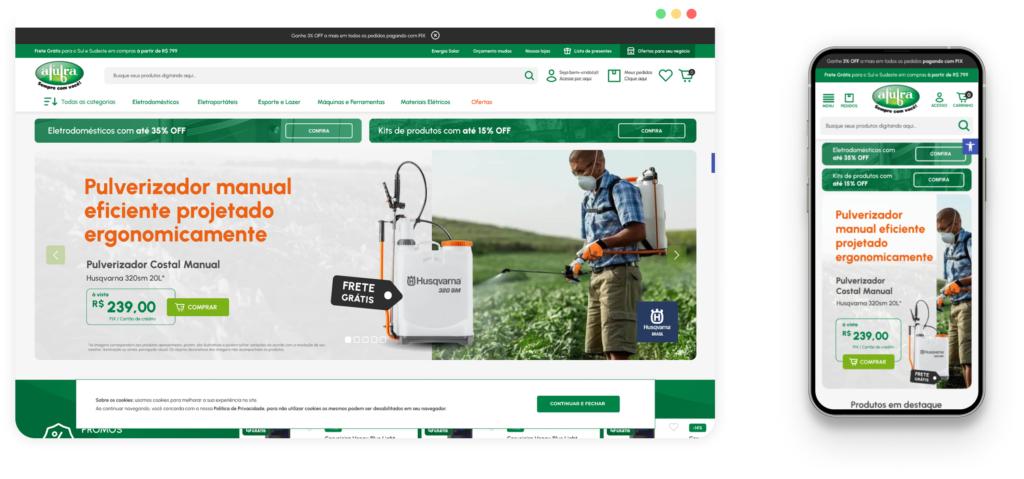
Afubra
Optimizing the Shopping Experience at Afubra Store
Project Summary
Afubra, a well-established online store in southern Brazil, aimed to improve its e-commerce user experience. The main challenge was to enhance usability, reduce cart abandonment, and increase conversion rates, ensuring a more intuitive and efficient shopping flow. Through a comprehensive analysis of the user journey, competitor benchmarking, and qualitative and quantitative research, several opportunities for improvement were identified, focusing on design, navigation, checkout, and accessibility.
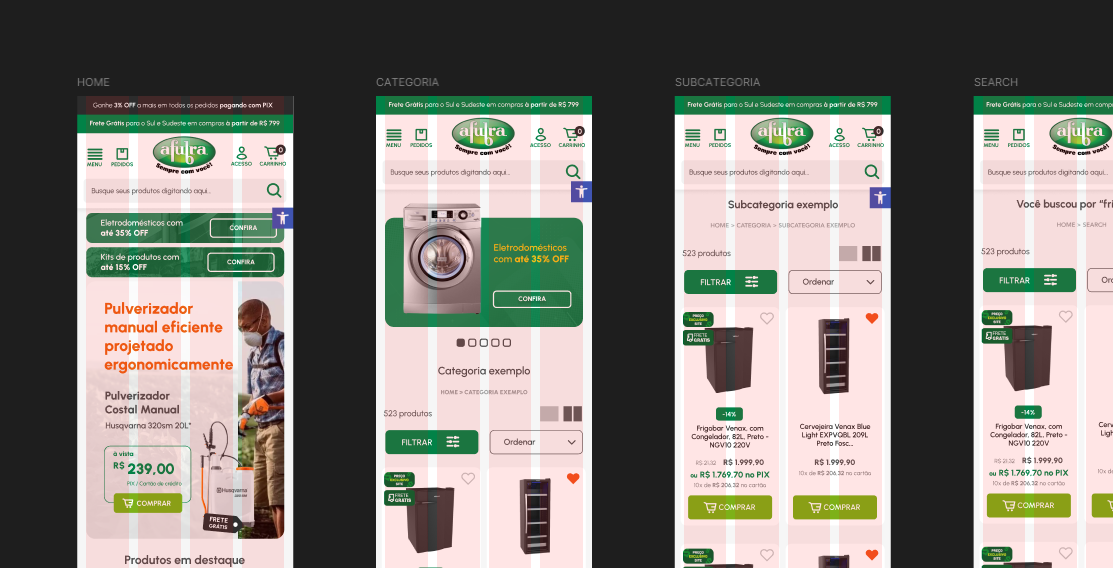
The Problem
Despite its loyal customer base, Afubra faced significant user experience challenges that directly impacted its conversion metrics. The key issues identified were:
- Navigation and Search: Disorganized categories and an ineffective search bar made it difficult for users to find products.
- Complex Checkout Process: Too many steps and limited payment options led to abandoned purchases.
- Limited Accessibility: A lack of best practices for users with disabilities or visual impairments.
- Logistical Issues: Recurring complaints about delivery delays and difficulty tracking orders.
Analytics data confirmed the need for improvements:
✔ Cart abandonment rate: 93.4%
✔ Sales conversion rate: 0.56%
✔ Average session duration: 1 minute and 21 seconds
The Process
1. Research & Analysis
To understand the challenges and opportunities, we employed various methodologies:
Desk Research – We analyzed e-commerce market reports and UX trends to identify consumer behavior patterns.
Data Analysis – Google Analytics metrics were evaluated to map critical pain points in the shopping journey.
User Research – A survey was sent to Afubra customers to gather feedback on navigation, checkout, and overall experience.
Competitor Benchmarking – Direct competitors (Unilar, Colombo, Quero-Quero) and leading marketplaces (Mercado Livre and Amazon) were analyzed to identify best practices.
CSD Matrix (Certainties, Suppositions, and Doubts) – A structured framework was used to organize insights and validate hypotheses throughout the process.
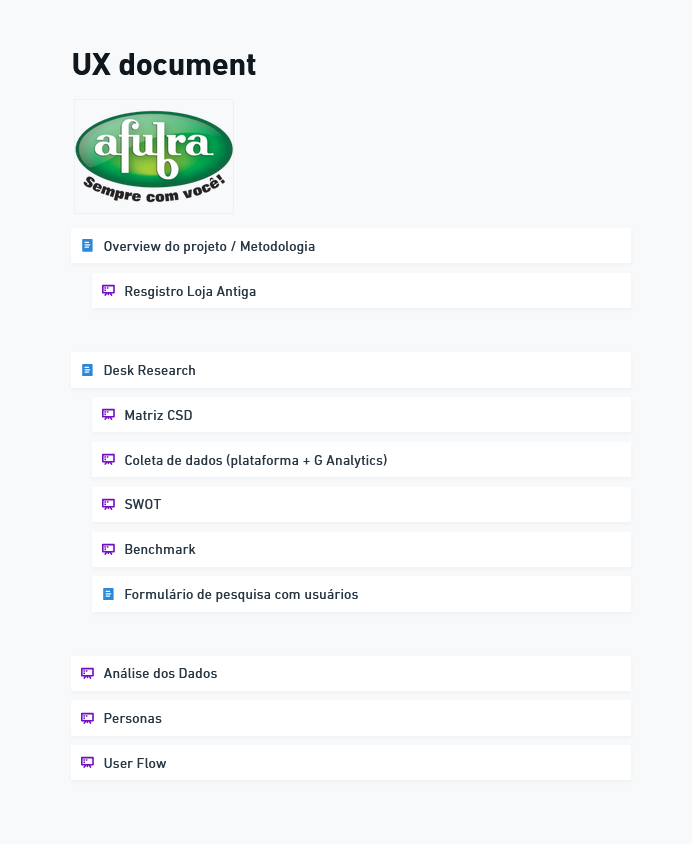
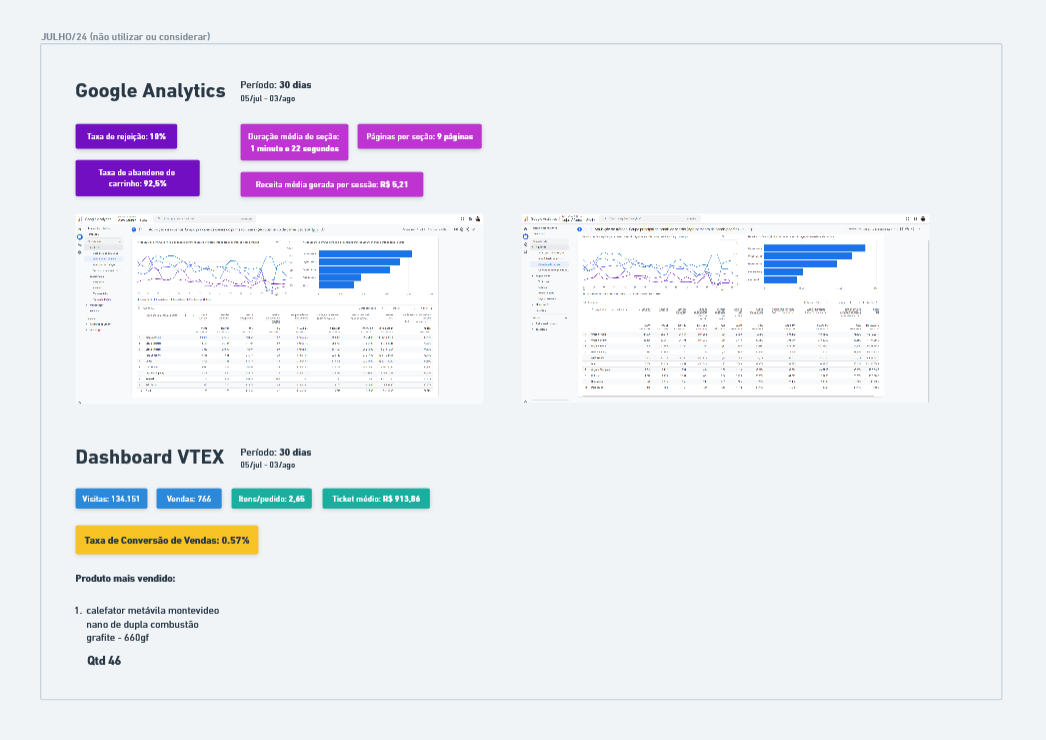
2. Key Findings
Navigation and search need optimization → Many users reported difficulty finding products quickly.
Checkout needs simplification → Too many clicks and limited payment options made the buying process frustrating.
Accessibility improvements are required → Lack of proper contrast, keyboard navigation, and alternative descriptions for images.
Logistics impact customer experience → Delivery timeline issues affected customer perception.
3. Implemented Solutions
Redesigned Search Bar – Implemented smart search with automatic suggestions and advanced filters.
Optimized Checkout – Reduced the number of steps and introduced new payment options, including Pix and split payments across two cards.
Improved Accessibility – Adjusted color contrast, enabled keyboard navigation, and added alternative text for images.
Logistics Enhancements – Strengthened communication with delivery partners and improved tracking transparency.
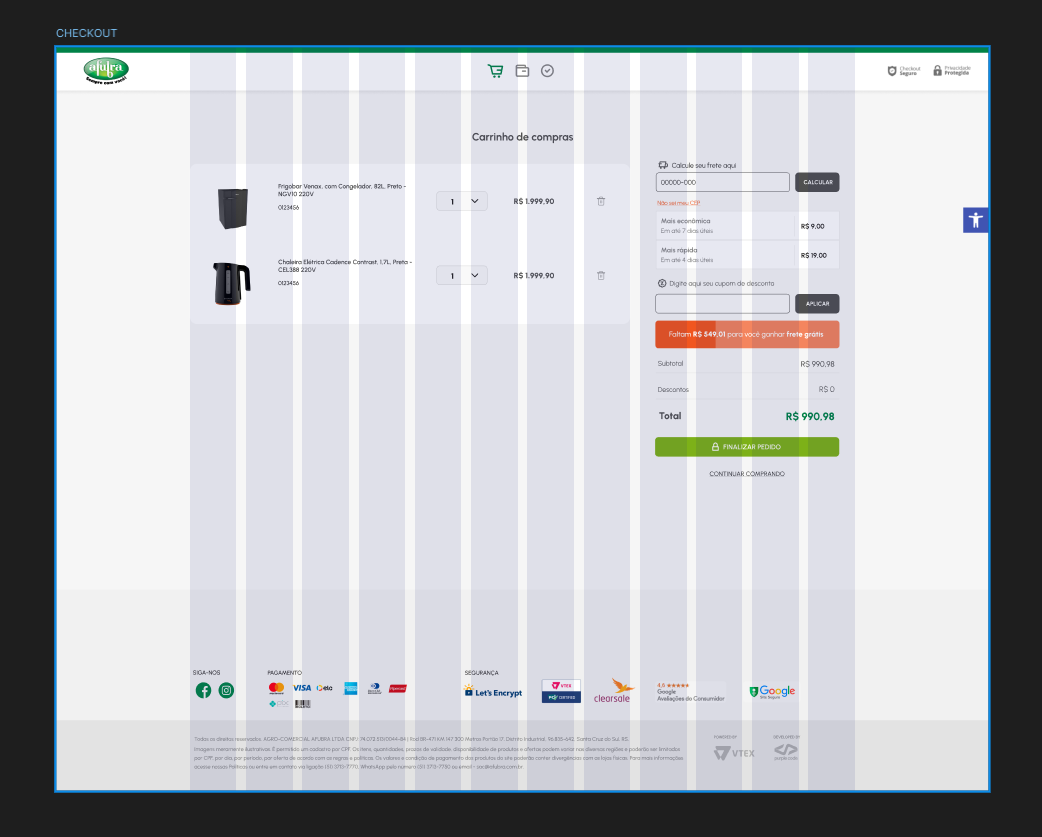
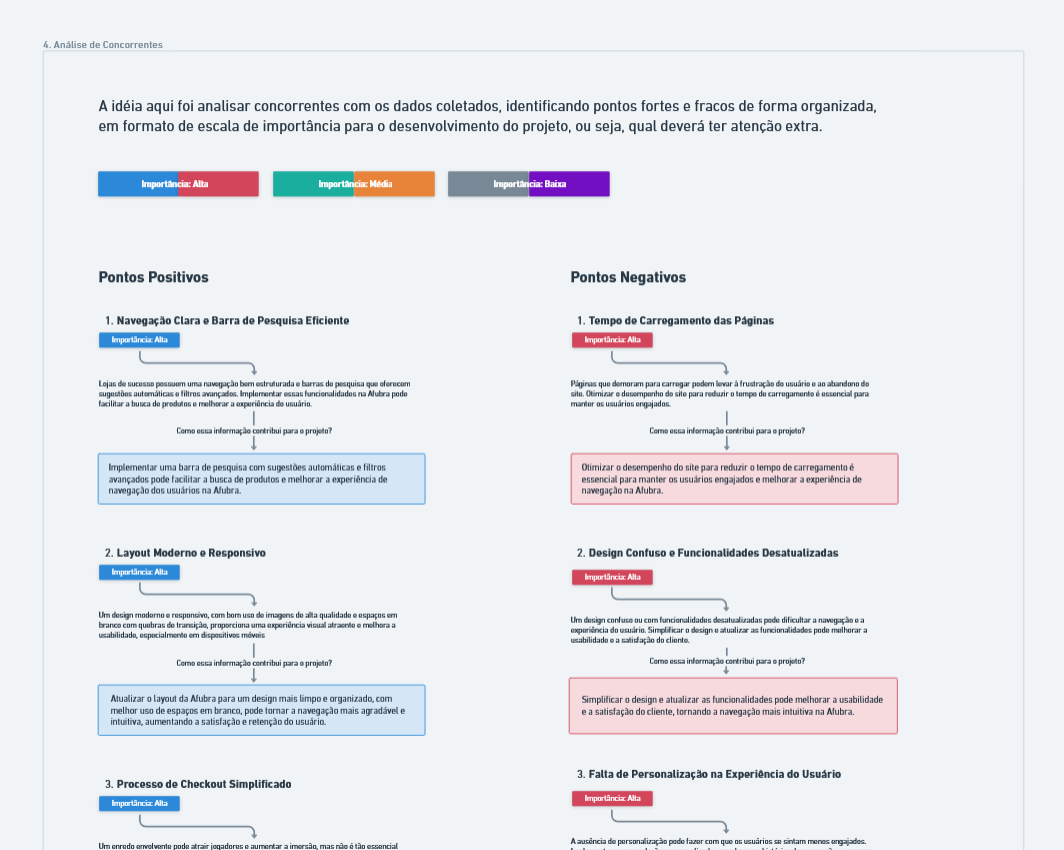
4. Results
After implementing these improvements, the following impacts were observed:
23% increase in conversion rate → A smoother checkout experience resulted in more completed purchases.
19% decrease in cart abandonment rate → The new shopping flow was more efficient and engaging.
35% increase in average session duration → Improved navigation encouraged users to explore more products.
40% growth in Pix adoption → The new payment option met a growing market demand.
Conclusion & Key Takeaways
Afubra’s UX redesign demonstrated how strategic adjustments in usability, checkout, and accessibility could directly impact an e-commerce store’s performance.
Key takeaways from this project:
- User research is essential → Continuous validation of changes ensures solutions address real customer needs.
- A streamlined shopping flow increases conversions → The simpler and faster the checkout process, the higher the conversion rates.
- Accessibility is a competitive advantage → Implementing best practices benefits all users, not just those with disabilities.
This project reinforced the idea that a seamless and efficient shopping experience not only improves conversion rates but also strengthens brand loyalty in the long run.